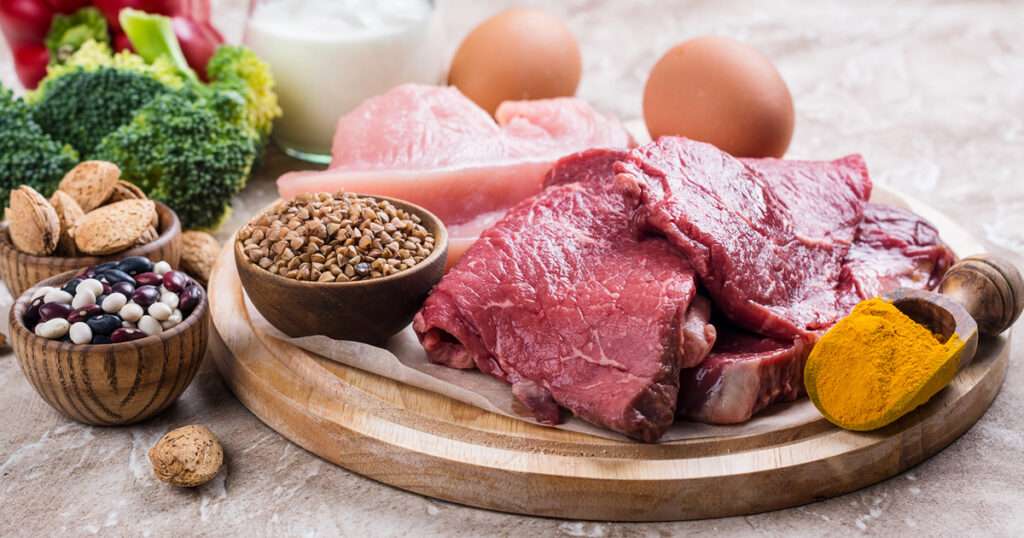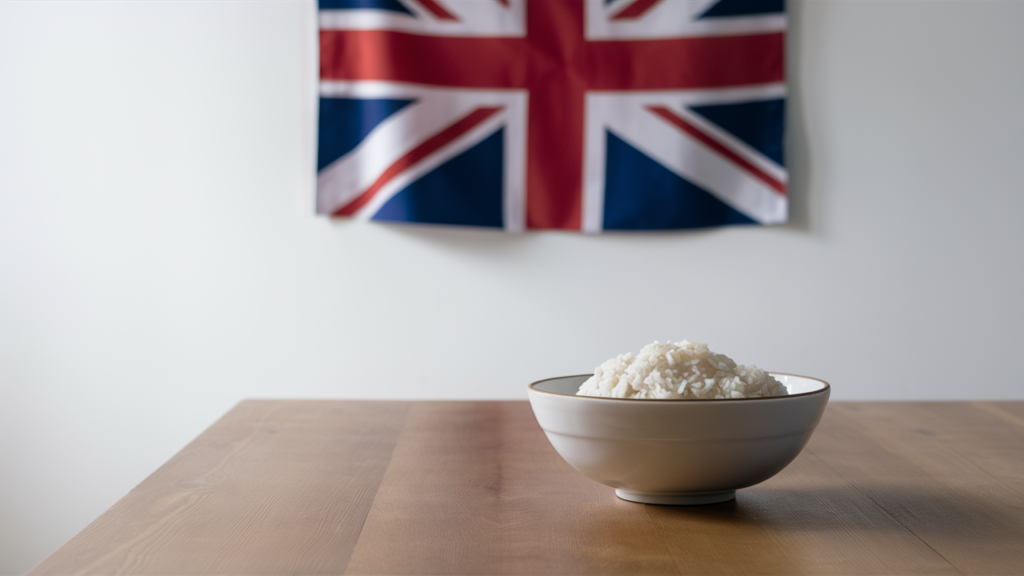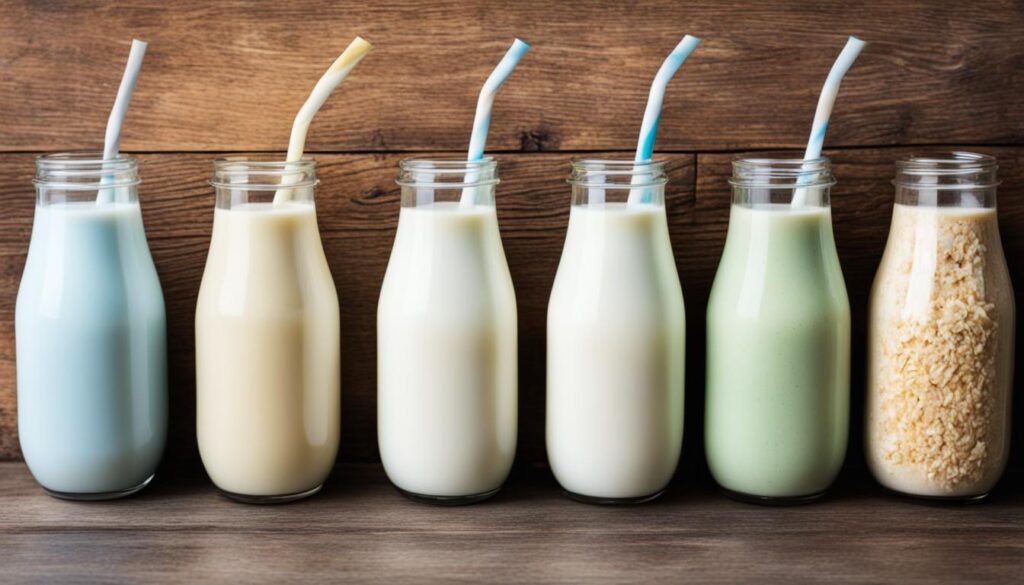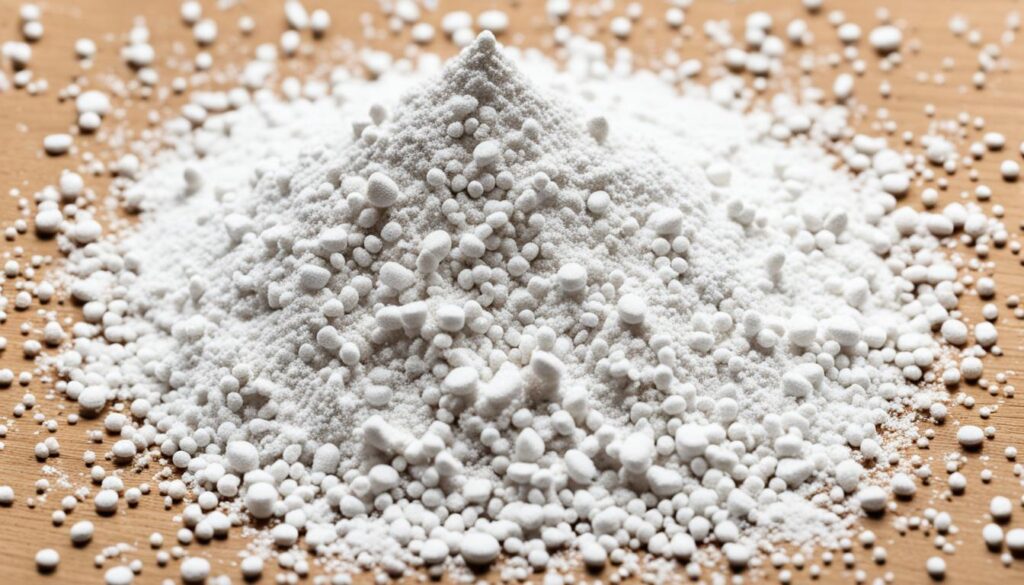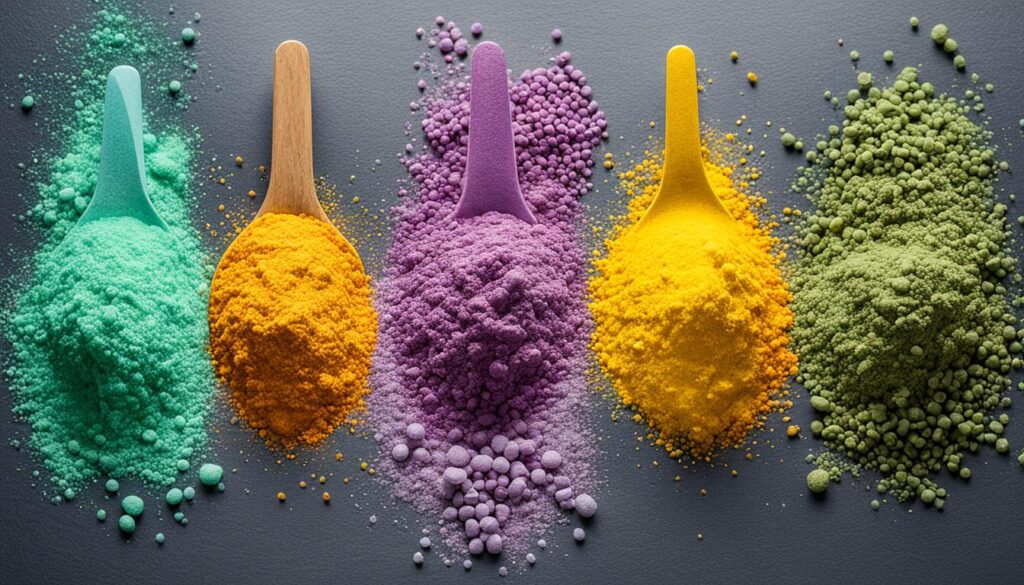Introduction:
Protein acts as an important component in the human body. Protein is made up of building blocks called amino acids, these amino acids are classified as either essential or non-essential for the body. Essential amino acids cannot be produced by the body and therefore must come from our diet. Whereas, non-essential amino acids can be produced by the body and therefore do not need to come from the diet. However, Plant and animal-based proteins vary in their quality and digestibility.
What is Protein?
Protein is one of the important macronutrients that help to live a healthy life. It plays a crucial role in a human body’s growth and development by building and repairing various cells and tissues (including muscles, bones, organs, and skin).
Furthermore, it is also essential for other body functions including blood clotting, hormone production, and immune system response.
Protein is Made up of?
Protein is made up of building blocks called amino acids molecules, commonly found in plants and animals. A typical protein is made up of 300 or more amino acids and the specific number and sequence of amino acids are unique to each protein.
There are different types of protein but in this blog, we will provide a brief comparison of the two most important sources of proteins i.e Plant Protein and Animal Protein.
Plant Protein:
Plant protein is simply a meaningful source of protein that we get from plants, which include pulses, tofu, soy, rice, seitan, nuts, seeds, certain grains, and even peas.
Plant proteins are highly nutritious not because it is a good source of protein, furthermore, they provide other nutrients as well such as fiber, vitamins, and minerals. Plant proteins also lowers risk of heart diseases and allergic reactions in animals. Rice protein specifically is an excellent source of highly digestible protein with a high amount of amino acids and proteins and is ideal for livestock having corn and wheat allergies. Being high in methionine, it is quite beneficial for fur and feathered animals
Which Source of The Plant Has The Most Protein?
Plant sources such as soybeans and rice proteins are complete proteins, containing essential amino acids.
Animal Protein:
Animal protein is simply a meaningful source of protein that we get from meat, animals remains, poultry remains such as feathers etc, fish meal, insects, bllod meal etc.
Animal Proteins Include:
- 1- Vitamin B12: Vitamin B12 is mainly found in fish, meat, poultry and dairy products.
- 2- Vitamin D: Vitamin D is found in oily fish, eggs, and dairy and some plants contain it.
- 3- DHA: Docosahexaenoic acid (DHA) is an essential omega-3 fat found in fatty fish.
- 4- Heme-iron: Heme-iron is predominantly found in meat, especially red meat.
- 5- Zinc: Zinc is mainly found in animal protein sources, such as beef, pork and lamb.
How Animal Protein is Different From Plant Protein?
Plant protein are low in calories and fat with a good dose of vitamins and minerals and proteins which makes the muscle mass rather accumulating fats in animals.
Certain sources of animal protein contain high levels of heme iron and vitamin B-12, while some plant-based foods lack these nutrients. On the other hand, plant-specific nutrients called phytonutrients, and some antioxidants are absent from sources of animal protein.
According to studies, excess animal’s protein consumption increases the risk of heart disease, stroke, and early death in animals
Summary:
The increasing global demand for meat and rising demand of pet industry has urged experimenters to find suitable and sustainable protein sources for proper growth of animals. Plant sources are considered safer with less allergic reactants and equal amount of protein content. Rice protein specifically being gluten-free and hypoallergenic is a perfect source of proteins for animals which can also decrease the feed costs in animals.



